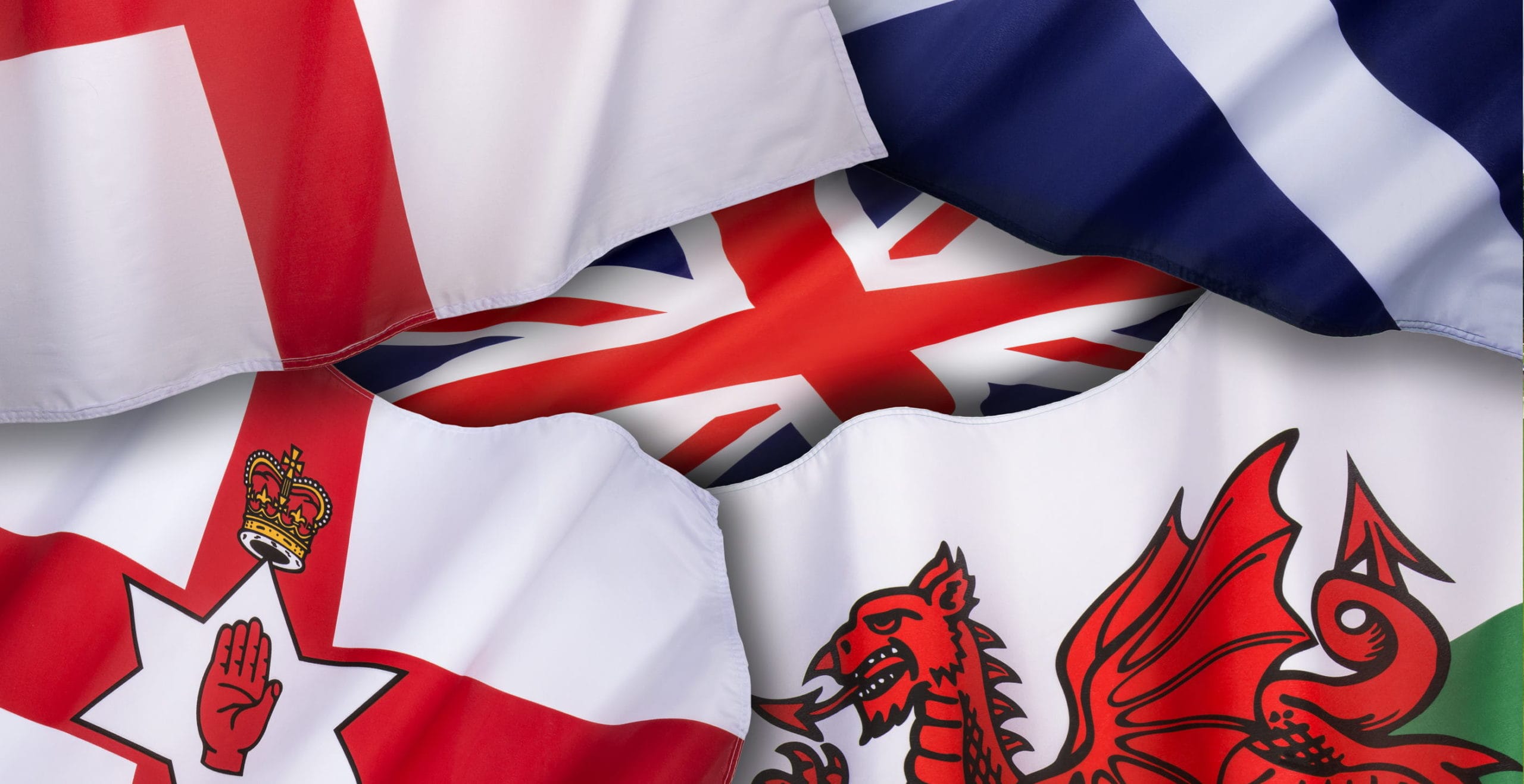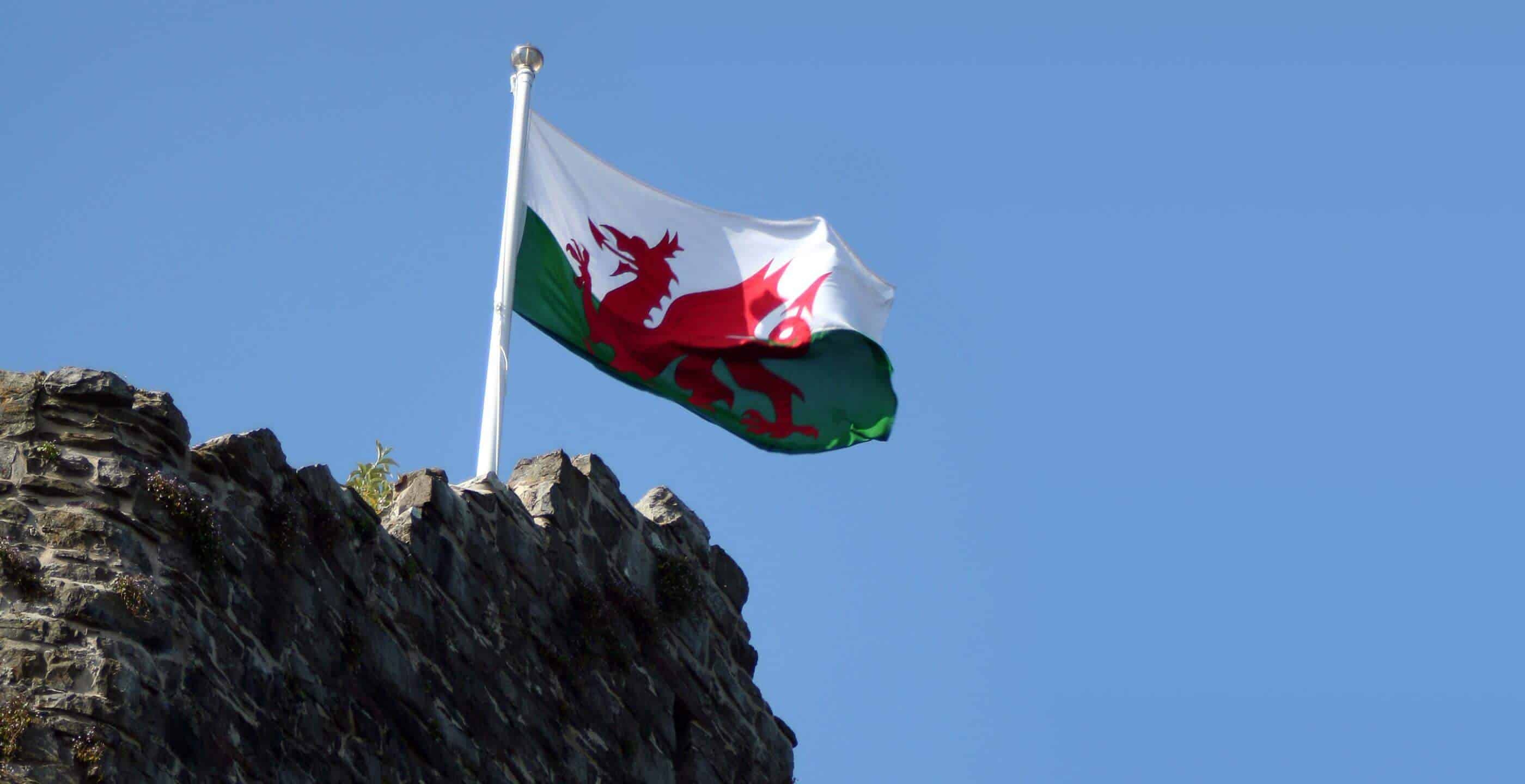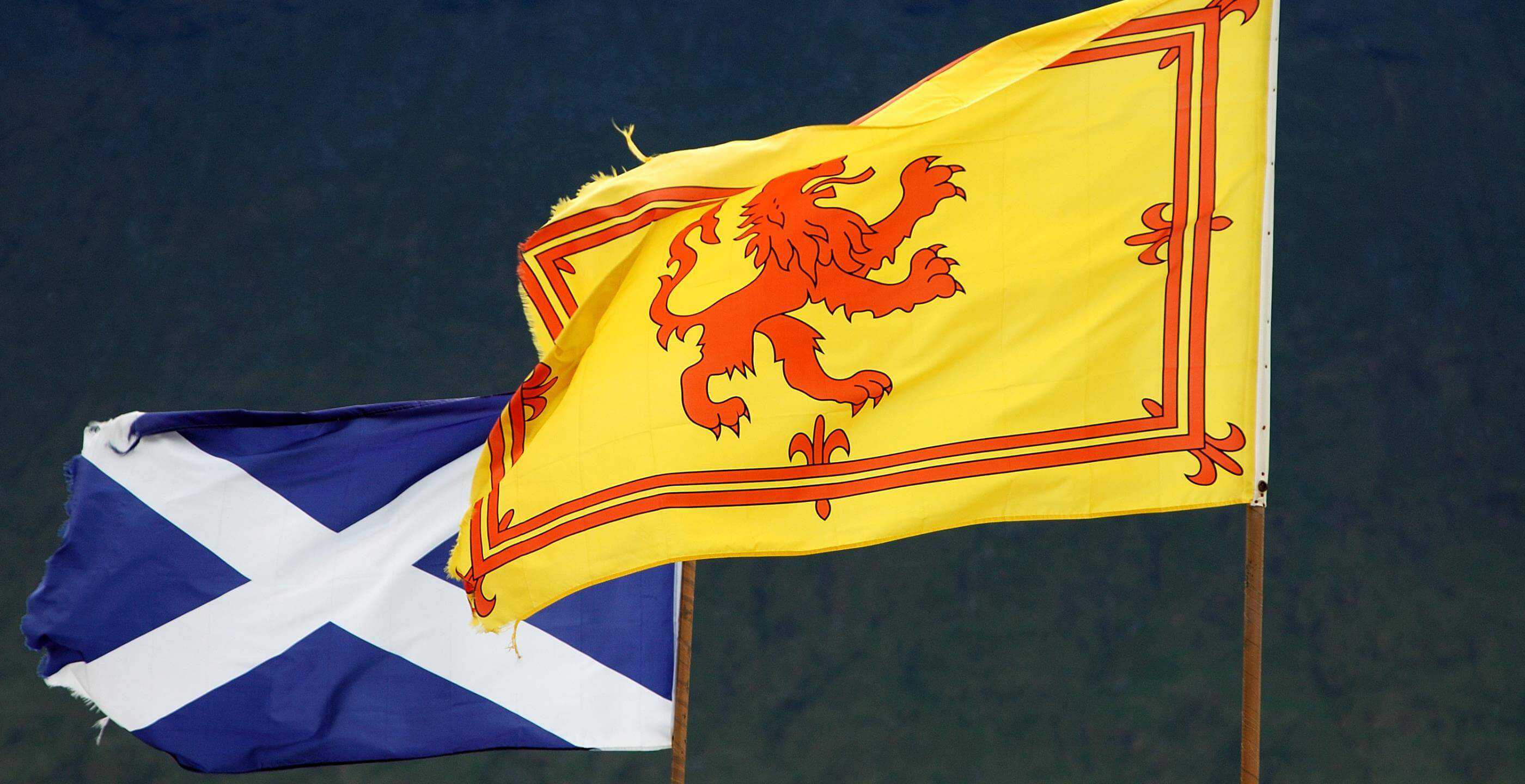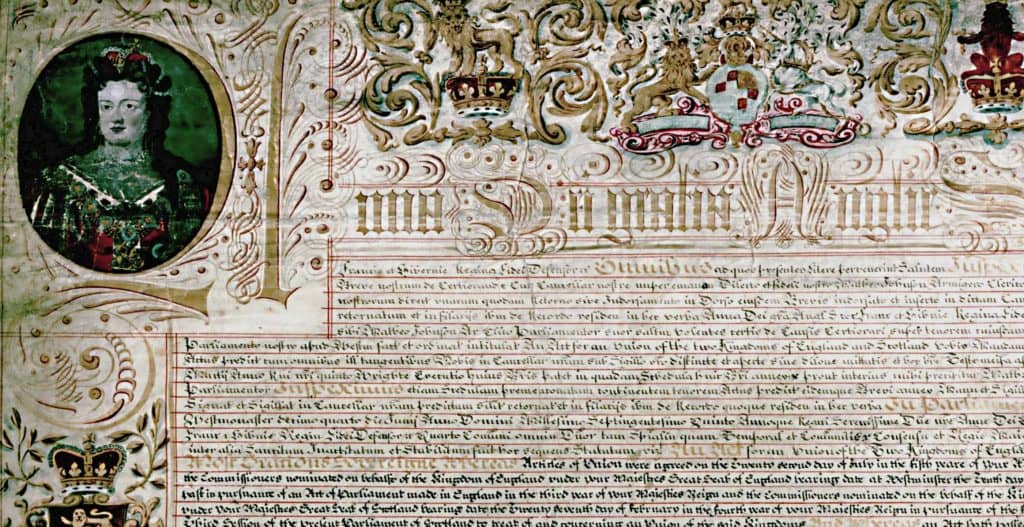The Union Flag (Union Jack) is one of the greatest flags of the modern world, unifying the 4 great nations of the United Kingdom. It is cleverly designed to represent each of our nations; the St George’s Cross, or the flag of England features in the centre with its prominent red cross, joined by the beautiful blue background and white saltire of the St Andrew’s Saltire, or the flag of Scotland. Although Northern Ireland doesn’t officially have a flag, their representation comes in the 4 red diagonal lines which signify the St Patrick’s Saltire. These three elements complete the Union Flag and allow for representation of each of our countries, however Wales seems to have no representation of their flag on the Union Jack at all; there are no elements of green and white horizontal stripes or their famous red dragon, and the reason for this is rather interesting.
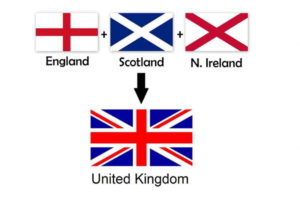
A good start would be to take a look at the flag of Wales and why their flag is in no way similar to the other countries of the union. The green and white horizontal stripes come from the Tudor colours; they signify the Tudors’ Welsh descent. It has also been suggested that these colours might represent the leek, one of Wales’ national symbols. The dragon on the other hand is included on the flag as it was the symbol of the Kingdom of Gwynedd, the most prominent Welsh Kingdom prior to English occupation and annexation; the dragon was flown by Cadwaladr ap Cadwallon who was King of Gwynedd from 655 to 682 AD. While all of this is interesting, it doesn’t explain why Wales is so unorthodox with their vexillology, opting for their current design over the pre-existing St David’s Cross.
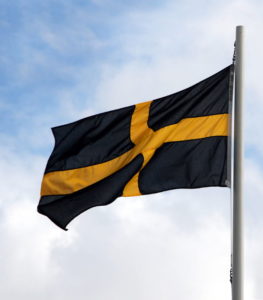
It is possible that the St David’s Cross has not seen much use in Wales due to its unorthodox colour scheme of black and yellow, somewhat similar to the current flag of Cornwall, however it seems much more likely that the flag was not used to represent Wales until recently, due to the obscurity of the flag. It was widely unknown until the late 20th century when the flag was adopted by many to fly on St David’s Day. It is now regarded mostly as a symbol of Welsh nationalism, often flown to advocate for independence from the union, however this movement hasn’t necessarily gained much traction.
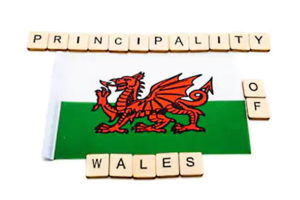
The reason for the lack of inclusion in the Union Jack however is not a matter of any unorthodox vexillology but rather due to the fact that Wales was never fully developed into an actual kingdom. The Union Jack represents to some extent the kingdoms of England, Scotland, and Ireland. The official name for our country is the United Kingdom of Great Britain and Northern Ireland, due to the fact that the kingdoms on the island of Great Britain are joined in unison, Scotland and England.
Wales has its representation joined with England, as it was officially annexed into the Kingdom of England by 1283 as a result of Edward I’s conquest. Before the conquest, Wales consisted of principalities rather than kingdoms, hence why in the modern day, the heir to the throne of the United Kingdom is always given the title of Prince of Wales. Therefore, while the kingdoms of England, Scotland, and Northern Ireland are joined, the Principality of Wales is officially a part of the Kingdom of England.
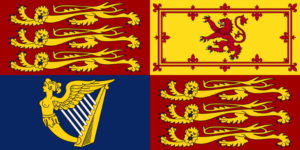
Following this same reasoning, Wales has no representation on the Royal Standard of the United Kingdom. Scotland is represented with a dominant yellow background with a rampant red lion, while Northern Ireland is represented by the Irish harp, otherwise known as the Gaelic harp, Celtic harp, or Clarsach, due to the fact that the harp is the national symbol of the island of Ireland, although that is commonly believed to be the shamrock. England’s representation comes in the form of a dominant red background with 3 passant yellow lions, first used by Henry I who had a lion on his royal standard upon taking power in 1100. The same corner used to represent England is used again in another corner on the flag, to represent Wales as a part of the Kingdom of England.
These inclusions and representations are based upon centuries-old perspectives of Kingdoms and Principalities and explain why there are no formal symbols of Wales in the Union Flag. However as the United Kingdom of Great Britain and Northern Ireland, all four home nations are included in a union of equals, brothers in arms.
Written By Aidan Stubbs – History student from Cheshire.
